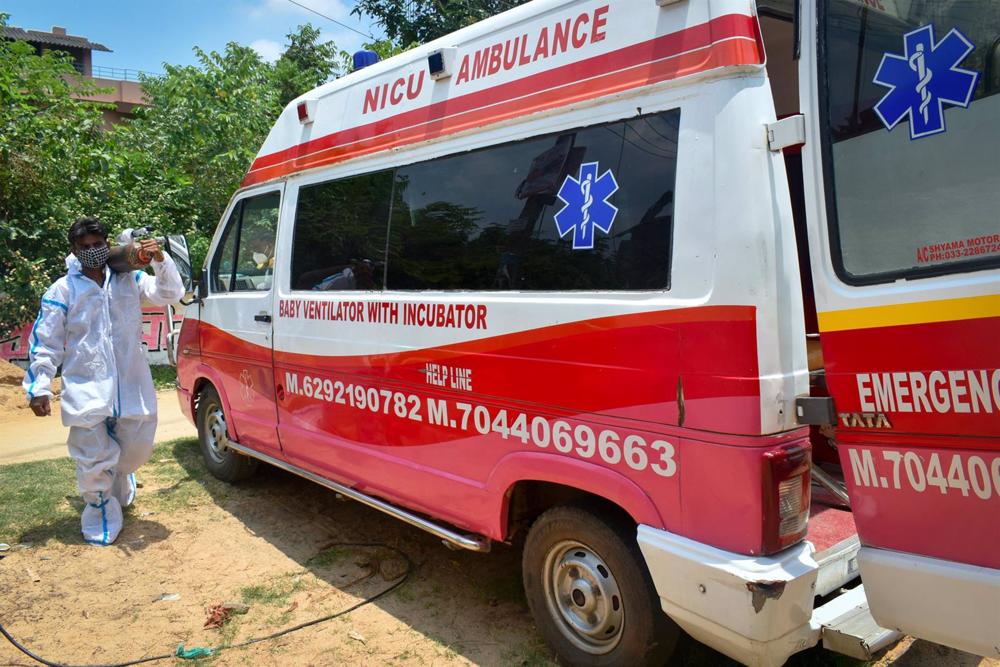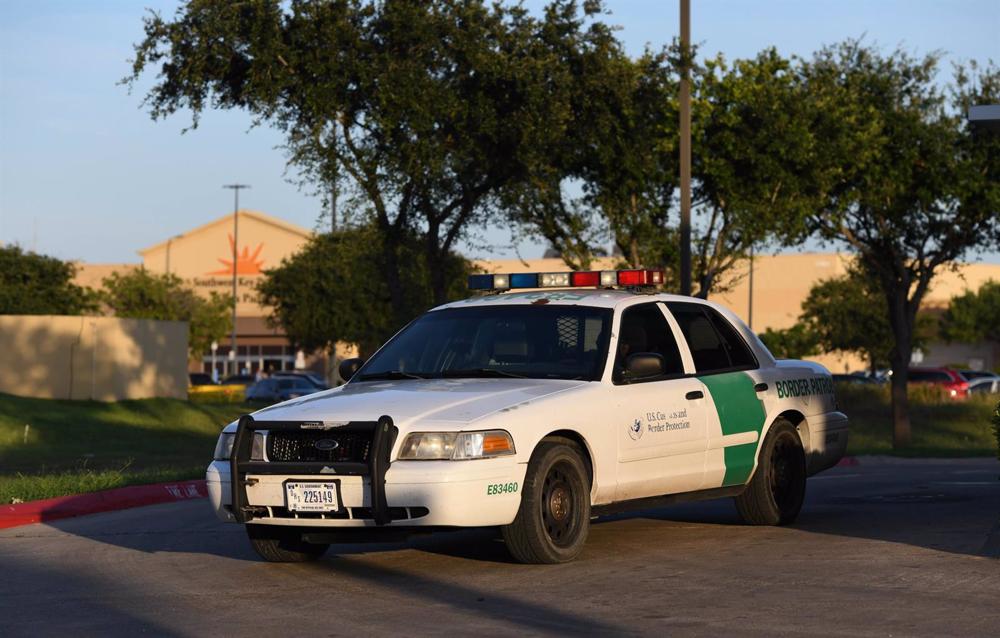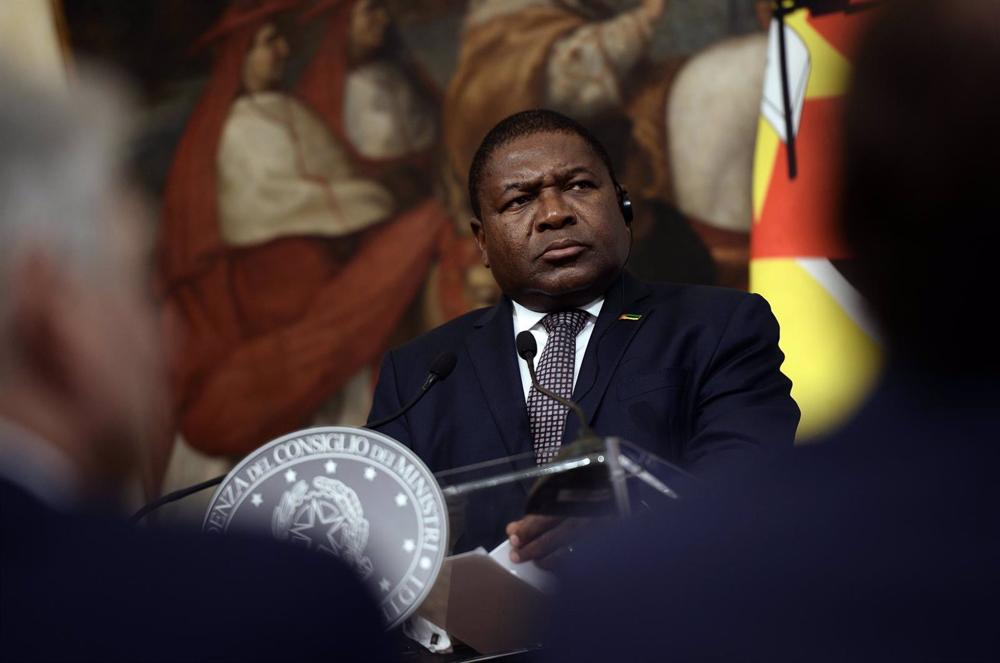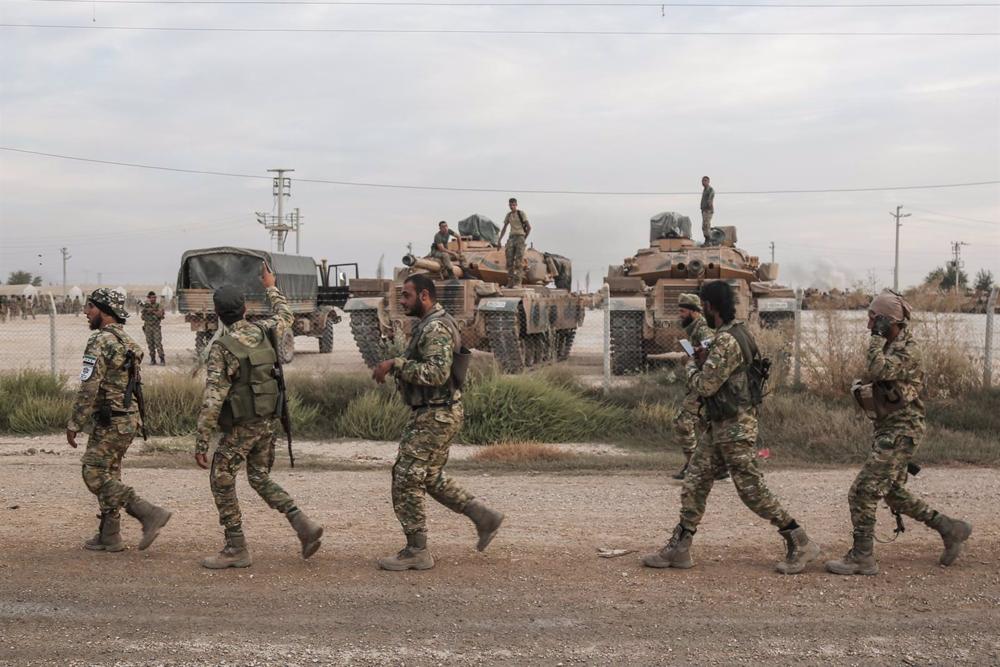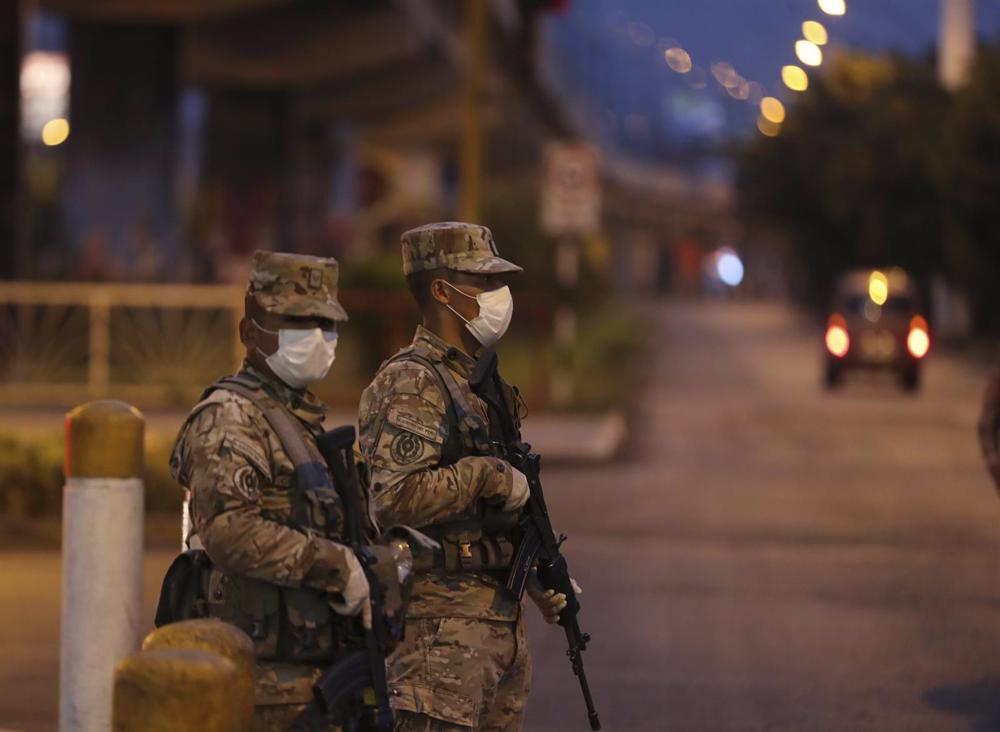
Peruvian authorities have raised to 14 the total number of deaths caused by the demonstrations taking place across the country following the ouster of former president Pedro Castillo, after six people died on the first day of the state of emergency.
This has been confirmed in a statement by the Peruvian Ministry of Health, which has detailed that of the total number of victims, four have died in the department of Ayacucho and two in La Libertad.
The Regional Health Directorate of Ayacucho has reported that four people have died and 39 others have been injured in clashes with security forces when they tried to invade the Alfredo Mendívil Duarte National Airport, in central Peru.
«Ambulances from the Santa Elena Health Center, Samu, Firefighters of Peru and health brigadistas are mobilized for the first attentions and transfer to the nearest health facilities,» the health directorate of Ayacucho has detailed.
It has also informed that the injured are being treated at the Conchopata Health Center and at the Regional Hospital of Ayacucho, according to ‘Diario Correo’.
In this regard, the country’s authorities have urged the population to remain calm and to respect the work of health personnel, claiming that their only mission is «to save lives without distinction».
The other two deaths on Thursday took place in the department of La Libertad, also during protests against the Peruvian government, although it is not known under what conditions.
The latest deaths take place in the midst of the strong protests that are taking place throughout Peru after the removal and arrest of former President Pedro Castillo on December 7. Protesters are calling on the country’s new president, Dina Boluarte, to dissolve Congress and call for new general elections.
The Peruvian government has decreed a 30-day national state of emergency in response to the protests in support of former president Pedro Castillo.
The Executive has also declared an emergency in the National Road Network, allowing the Army to take to the streets in an effort to protect the country’s strategic points, including airports, hydroelectric plants and other key infrastructure, such as highways.
